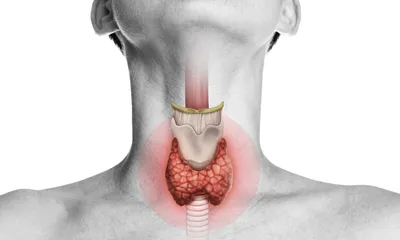Arthritis
-
Description
-
Signs & Symptoms
-
Anatomy
-
Cause
-
Diagnosis
What is Arthritis?
Arthritis is a rheumatic disease that causes damage to joints in the body and results in stiffness, immobility, and pain in those affected joints. There are different types of arthritis, and the joints that are affected most often are knees, hands and wrists, hips, feet and ankles, shoulders, and the lower back. Osteoarthritis is referred to as wear and tear arthritis, and that’s because it is related to the joint degenerating due to age and/or overuse.
Rheumatoid arthritis involves the immune system overreacting and inflaming joint tissue, and there is also psoriatic arthritis where people with psoriasis also have joint pain and stiffness resulting from it. Gout is also a type of arthritis, with uric crystal buildup causing inflammatory pain in extremities joints. Ankylosing spondylitis is when arthritis affects the joints near your lower back.
What Causes Arthritis?
The cause of a person’s arthritis will depend on the type they are experiencing. For osteoarthritis, it is usually age-related, with damage to the joint coming from long-term use and potentially from serious injury. A genetic predisposition is usually the reason people develop rheumatoid arthritis, and for gout, it is usually the excessive intake of purines through diet that is behind what causes arthritis.
Arthritis of any type is going to be more common in older people, and women tend to have arthritis more often than men do. There are also risk factors, including obesity, smoking, a sedentary lifestyle, and certain autoimmune diseases that can lead to arthritis. People who have physically demanding jobs are more likely to develop osteoarthritis when they get older.
Arthritis Symptoms
The arthritis symptoms that people will have with this condition may include joint pain, stiffness or reduced range of motion, joint swelling, skin discoloration, joint tenderness or sensitivity, and a heated sensation around the affected joints. Some people will have ongoing arthritis symptoms that are present at nearly all times, while others will have what are called flare-ups. This is when arthritis symptoms come on very strongly all of a sudden, and this is often a greater source of distress for sufferers.
Arthritis Treatment
The most conventional approach to arthritis treatment is to have the person start on NSAID (non-steroidal anti-inflammatory drug) medications like Celebrex or Clinoril. These medications work to suppress the body’s inflammatory response so that the person has less stiffness and pain from arthritis. Physical therapy is often a necessary part of arthritis treatment too, to gradually improve strength, range of motion, and flexibility with affected joints.
Surgery for arthritis may also be a possibility too, and this may be the need for individuals who cannot get sufficient arthritis relief from medication and physical therapy. Joint fusion and joint replacement (arthroplasty) surgeries are the most common ones, and for joint fusions, the surgery is most often done for the spine or ankle.
Signs & Symptoms
- Joint pain
- Stiffness
- Swelling
- Redness
- Decreased range of motion
- Fatigue
- Fever
- Weight loss
- Weakness
Anatomy
- Joints
- Cartilage
- Synovial membrane
- Bones
- Ligaments
- Tendons
- Muscles
Cause
- Wear and tear (Osteoarthritis)
- Autoimmune disorder (Rheumatoid arthritis)
- Infection
- Genetics
- Metabolic abnormalities (Gout)
- Obesity
- Joint injuries
- Smoking
Diagnosis
- Physical examination
- Blood tests
- Imaging tests (X-ray, MRI, CT scan)
- Joint aspiration
- Ultrasound
- Erythrocyte sedimentation rate (ESR)
- C-reactive protein (CRP) test
- Rheumatoid factor (RF) test



